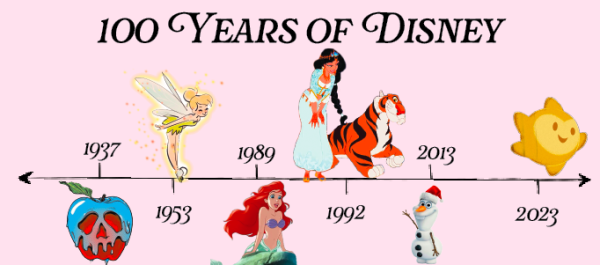The Demographic Crisis
The number of candles on the cake may not just be a fire hazard, but also a threat to society.
In 1950 worldwide, the average person was 23 years old. In the United States, the average person is nearly 40.
January 27, 2022
The world’s population overall is getting significantly older, and this will fundamentally change the world as we know it. In 1950 worldwide, the average person was 23 years old. Today, the average person is almost 30. In the United States, the average person is nearly 40. In order to have a stable, functioning society, a country must also have stable population demographics, but age-related demographics in particular are currently unstable in the United States, as well as in China, Russia, Japan, and the European Union, among others. So why is it like this and what does this apparent looming demographic crisis mean for the future?
There are two main factors driving the aging of society: improvements in health care and declining birth rates. Health care has experienced tremendous developments since the beginning of the 20th century, especially the widespread adoption of vaccines, which has nearly doubled life expectancy since 1900. In short, people are now simply living longer. However, this trend has been combined with another: declining birth rates. Birth rates in the United States have more than halved since 1900 and declined even more sharply in Europe and East Asia. The reasons for this likely include a decline in traditional religion, increased urbanization, and increased cost of living.
The current aging world population can have devastating economic impacts. A lack of young workers means that jobs are being left unfilled, and because young and middle-aged people are generally more economically active, an aging population also can result in economic stagnation. However, perhaps more significantly, older populations have a larger proportion of retired people. In Japan, nearly 30 percent of the population is retired. This effectively nullifies any economic growth that occurs because of the financial need to support the non-working elderly rather than reinvesting money into the economy. This phenomenon is why Japan has been deemed a “no-growth economy”–their economy has not grown substantially since the 1990s.
A similar trend is occurring in the United States, albeit to a lesser extent. American birth rates are well below the level required to keep the population constant, and although the population overall is continuing to grow due to greater longevity, growth is stagnating. According to the recently released results of the 2020 U.S. Census, yearly population growth is around 0.1 percent overall with negative growth among the under 18 age group. This decline in population growth can explain, in part, the economic stagnation that the United States has experienced in the aftermath of the 2008 financial crisis.
Fortunately, there may be a saving grace. While some countries are trying to cope with a lack of young workers, other economically under-developed regions are dealing with overpopulation, particularly Africa and Southeast Asia. To address both of these problems, many countries are bringing in migrant workers. The United States, with its long history of immigration, is accustomed to immigrants being an integral part of the workforce. However, assimilating immigrant workers seamlessly in some ethnically and culturally homogenous European and Asian nations may be more challenging, leading to internal strife among the indigenous population and radicalization among immigrant groups.
The world is increasingly facing a crisis of demographics. Between improved health care and declining birth rates, the elderly non-working population is increasing and the younger working population is decreasing. Economic stagnation and political radicalization may become more common, but so will opportunities for young foreign workers. Immigration is likely to mitigate the crisis, but its effectiveness will vary depending on the culture of the host country. The United States may be in a better position than much of the world to handle this crisis, but faces significant challenges as well. The world is leaving the era of population growth that has characterized the past 5,000 years. Learning how to adapt in this new demographic era will be one of the current generation’s greatest challenges.


















